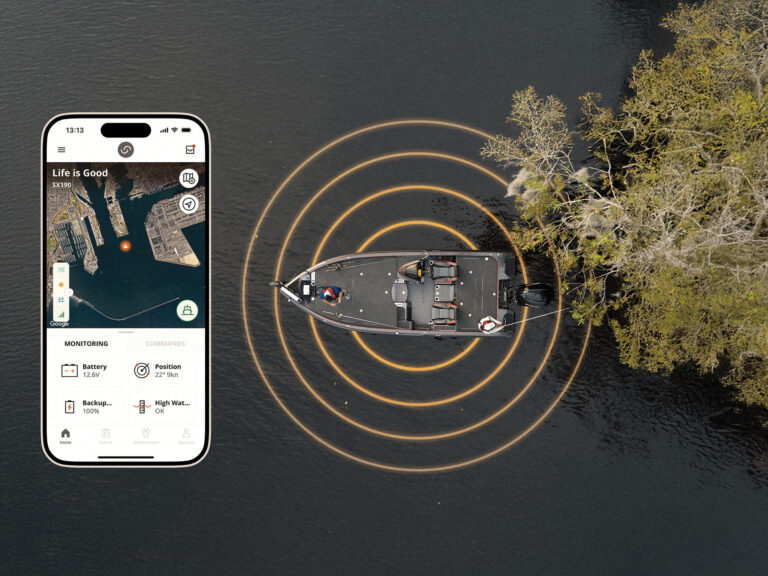
Unified Front
Going back to 2010, a lot of folks in the recreational-fishing industry were concerned when President Obama signed Executive Order 13547, implementing the National Ocean Policy.
To many, it seemed like a backdoor approach to getting a lot of the Oceans 21 legislation in place, which failed in Congress. Part of that may be true, but there are aspects of this policy that benefit our ocean environment and, subsequently, all the species of fish that inhabit it. That is a good thing for all of us who use and enjoy the oceans. Renewable energy projects — mineral extraction as well as placing pipelines or aquaculture facilities, or increased shipping activity — all have impacts, most of which are adverse. In the past, all have been controlled and monitored by a disparate group of state and federal agencies. Many of these agencies only look out for their own interests. In other words, they have historically not played well together. On top of that, many companies interested in ocean development have enormous wealth and a lot of political clout. Fishing may seem like big business to us, but we are only a rounding error to some of these companies.
Co-op Efforts
The National Ocean Policy resolves this lack of coordination and pushes for regional approaches based on large marine ecosystems. This new policy establishes nine national priority objectives, which set up the framework for coastal and marine spatial planning (CMSP). In the past, these efforts have raised concern about marine reserves by fishing interests, both recreational and commercial. While there may still be some concern, strategically planning how the oceans will be developed makes good sense. Let me stress that these regional planning bodies do not have any regulatory authority. They cannot close areas of the ocean and create no-use reserves. What they can do is bring together all the ocean users to make sure that concerns and impacts are minimized and the siting of projects is done with all the ocean activities and resources in mind. The siting process for the first U.S. offshore wind farm in Rhode Island is a great example of just how that should work. They brought all the parties together and used a constituent- and data-driven exercise to select and fine-tune the siting of the project. The result is fishermen and developers are still talking to each other.
Regional View
From a CMSP standpoint, development will be coordinated by regional planning bodies (RPBs) rather than a sector-by- sector basis with only minimal concern about the interactive impacts. By moving away from the single-use focus, there should be better results overall. However, this desired coordination has not happened overnight. These regional planning bodies have been meeting and are at somewhat similar stages of completion. New England and the mid- Atlantic RPBs have either completed or are almost ready to display plans for comment. The West Coast is still early in the process. These regional planning bodies are not designed to manage fishery resources in their areas. As one of their stakeholders, they will have the appropriate regional fishery management council, something I fought for as a council chair. The councils will play an important part by bringing their experiences in managing fisheries and the science behind it to the table. The traditional fishery management responsibilities will remain with the regional councils, since they have the authority to develop management and protection measures for fish, habitat and deep-sea coral.
Whole Systems
Another aspect of this process is the incorporation of ecosystem-based management. We have learned through trial and error that every action has a reaction. In other words, if we have local depletion of the forage, then fish that feed on it will move elsewhere, or if we allow destruction of important habitat, then the productivity of that area drops. Incorporation of ecosystem considerations should minimize the collateral impacts of ocean development, again a good thing. Take a look at your region’s planning body’s website (see sidebar) and see its draft-plan schedule. This will allow for comments and concerns. If this all sounds complicated, it is, but like the eating of the proverbial elephant, it is being tackled one bite at a time. While many will remain skeptical that this is merely a tool to restrict the catching of fish, it is my opinion that, in the long run, this will be a better way to understand our marine ecosystems and ultimately increase resource production in the oceans. With more fish in the oceans, all users win









